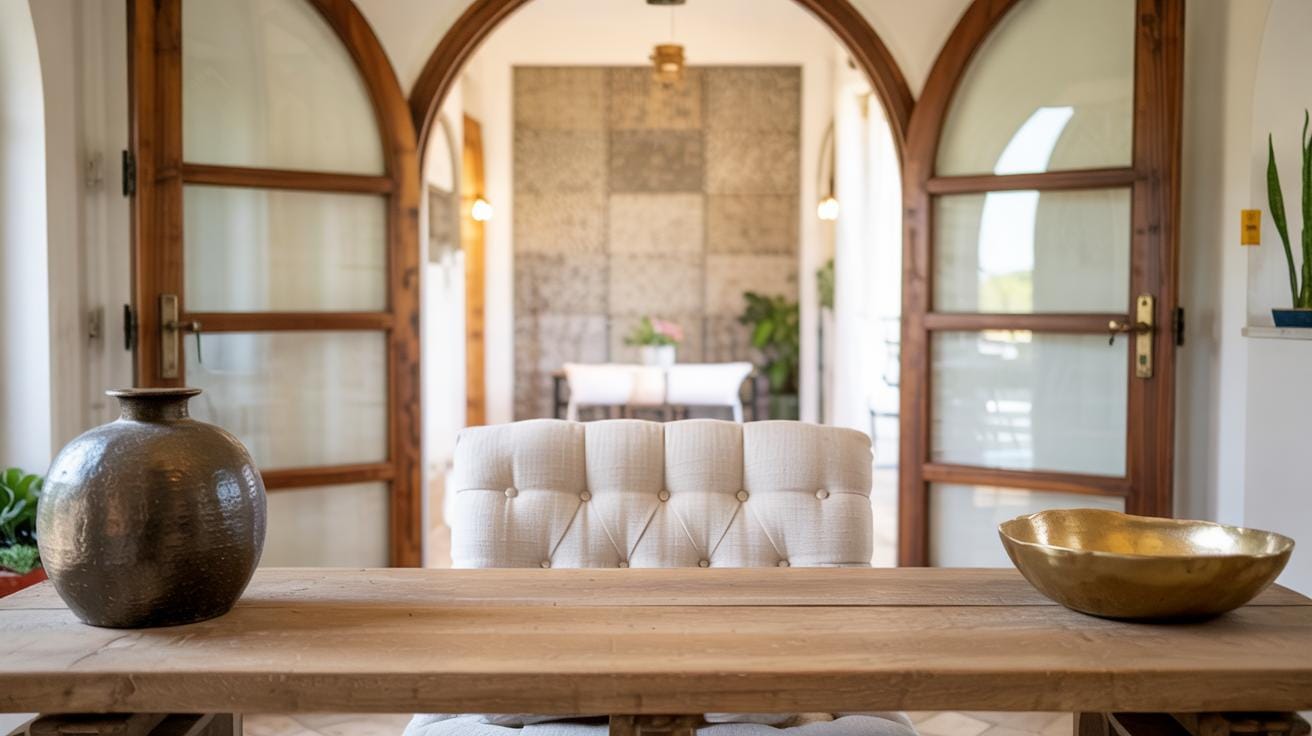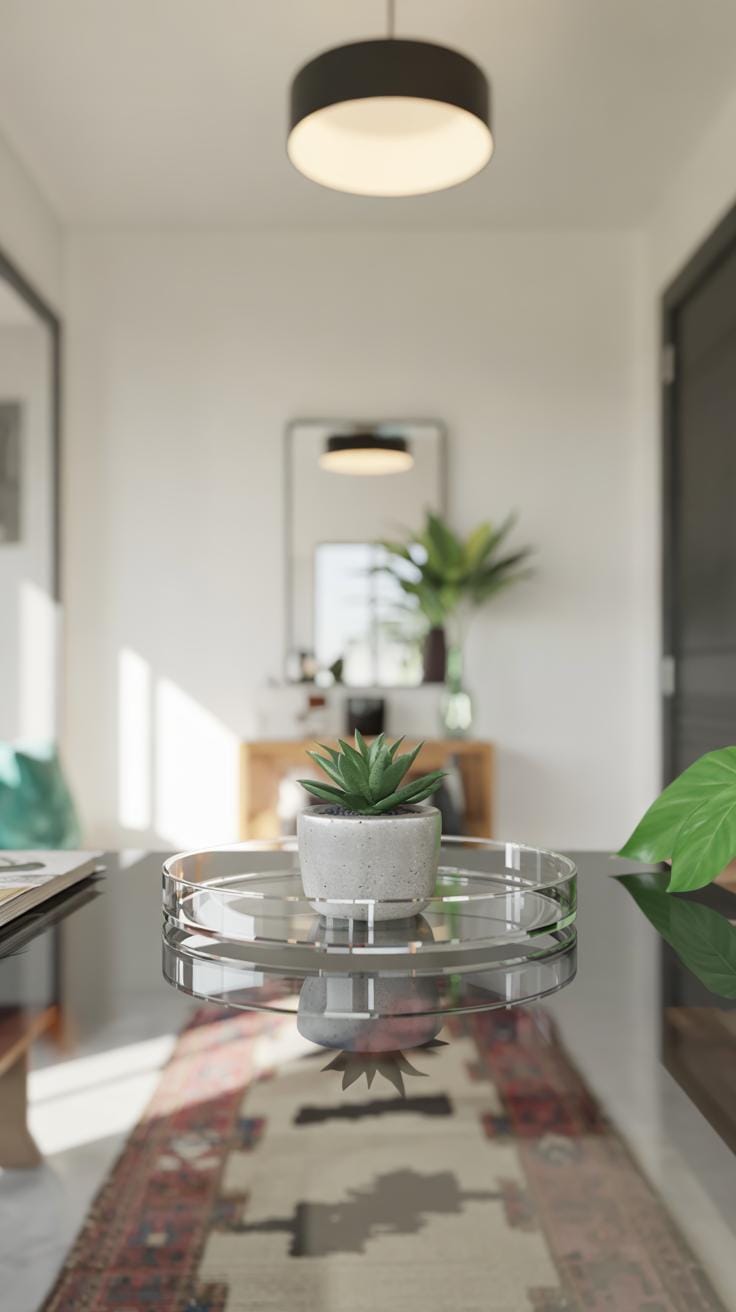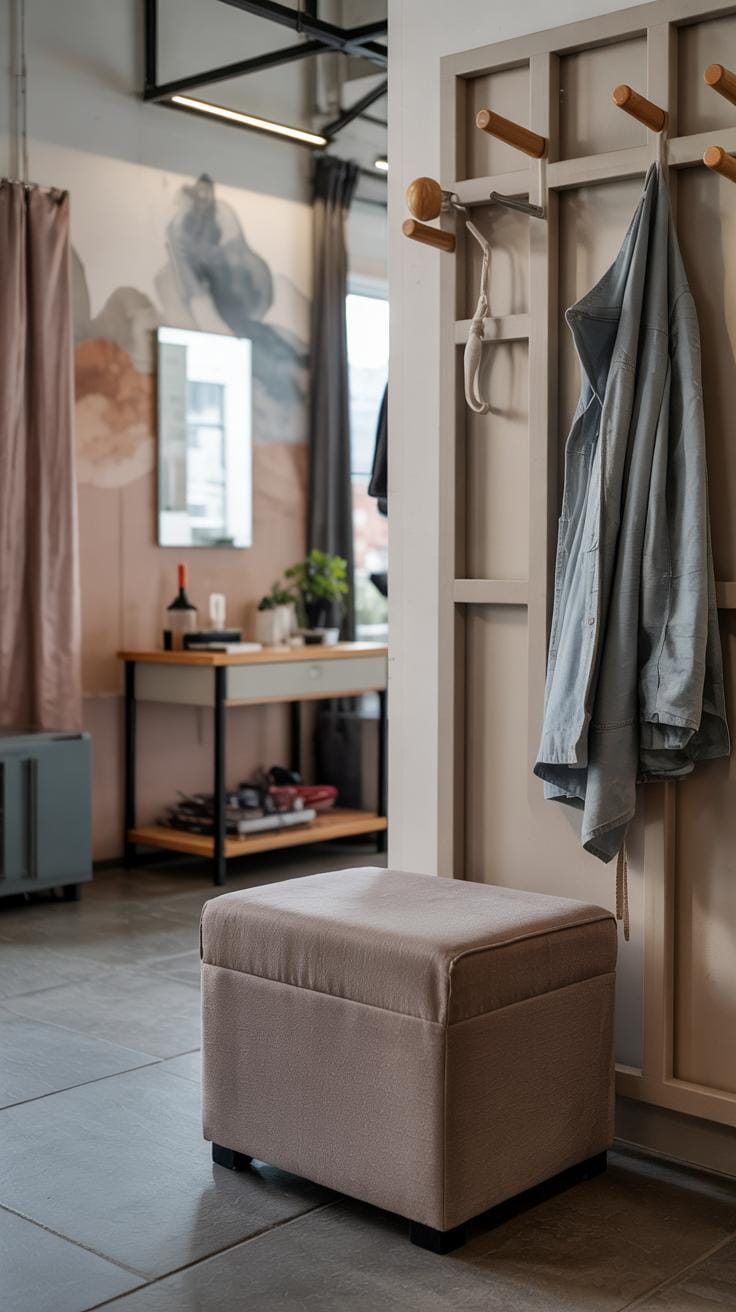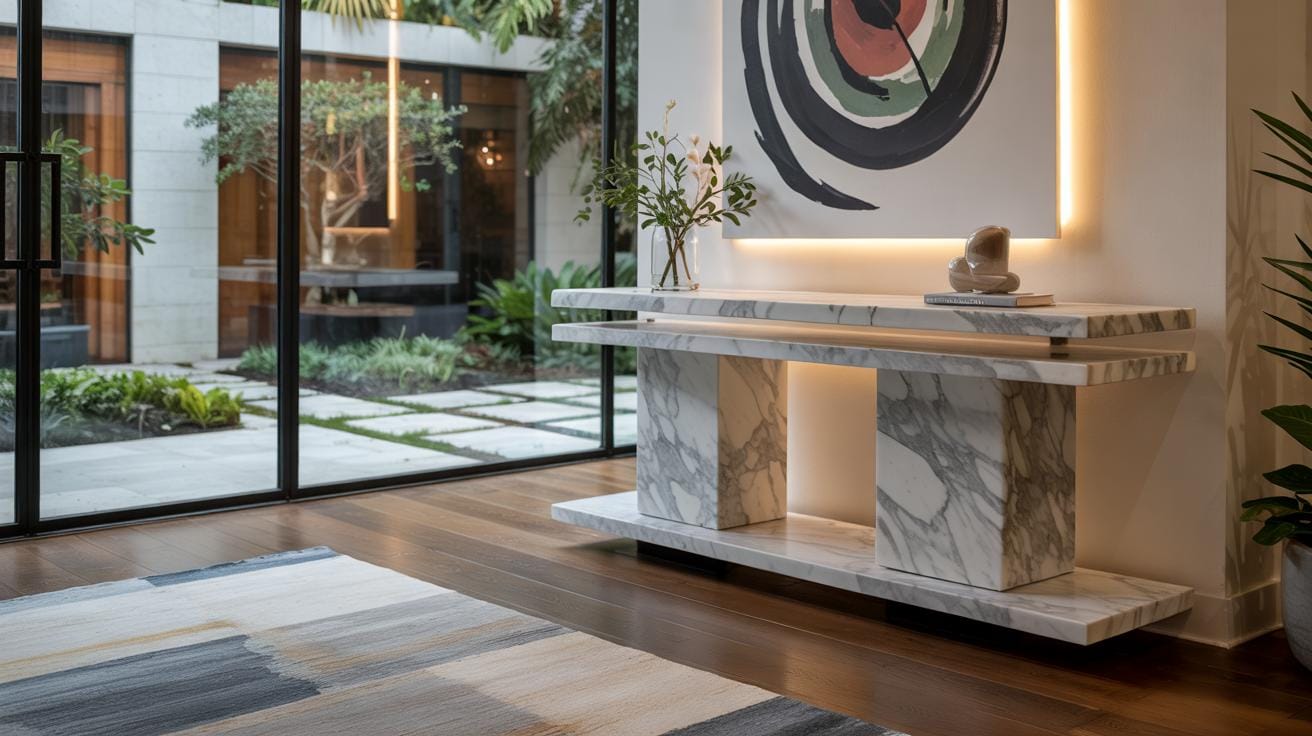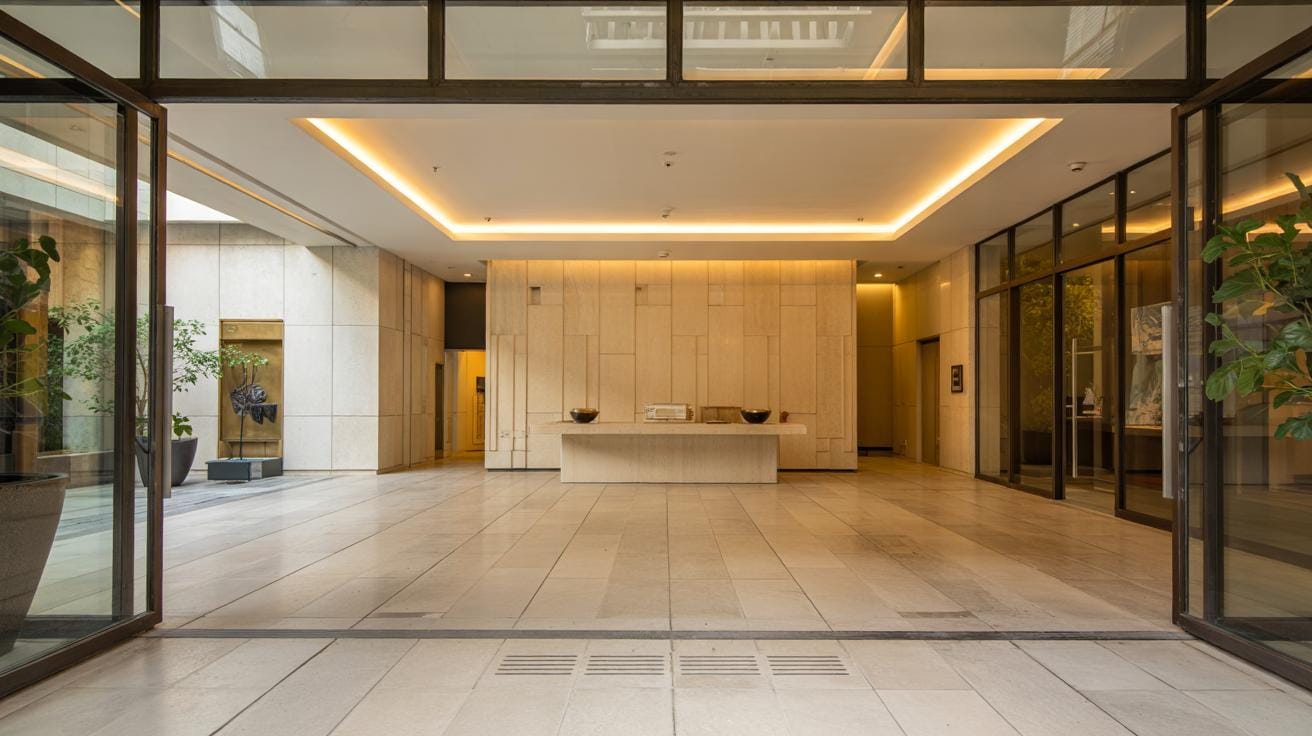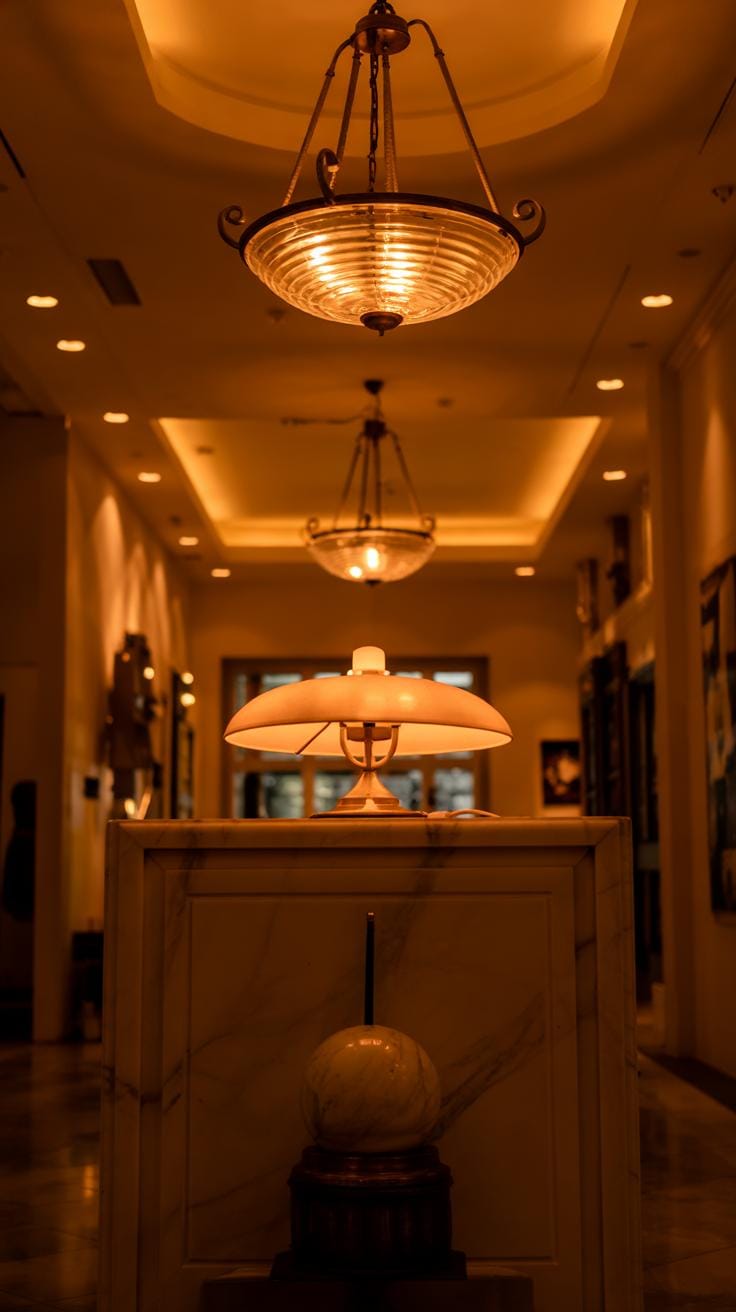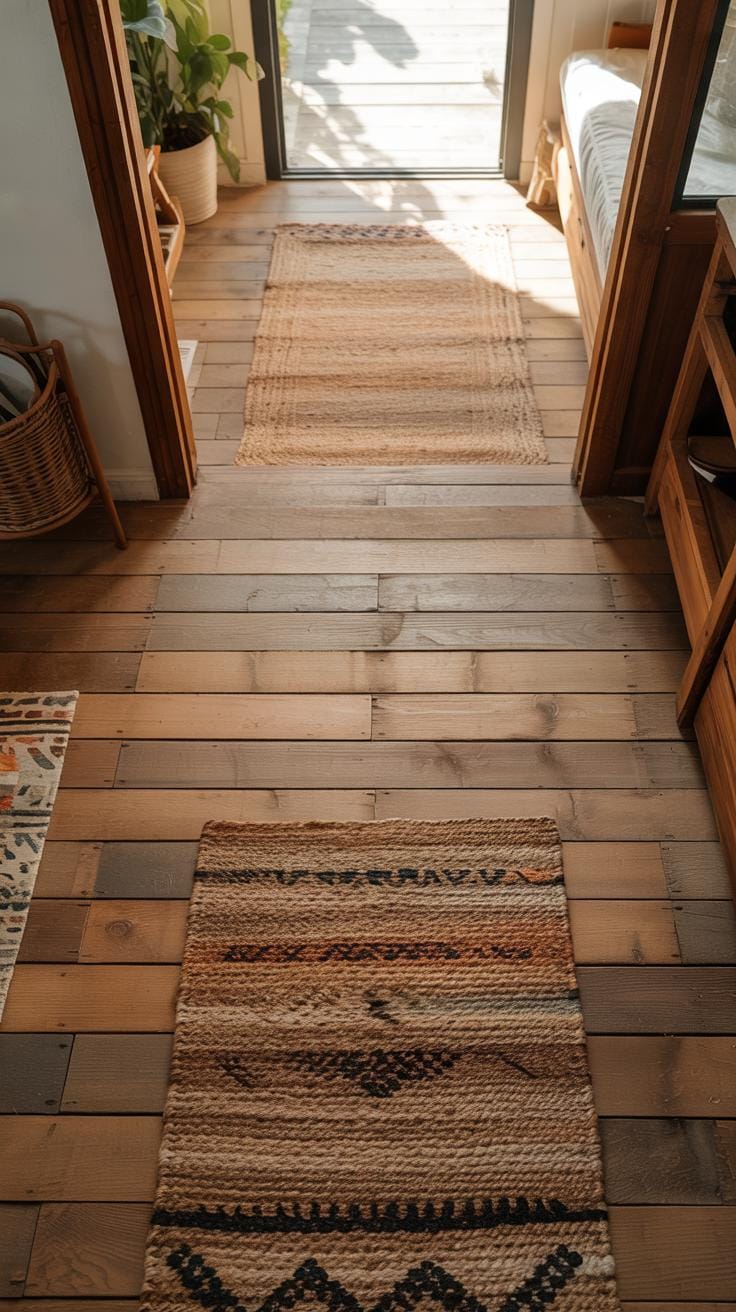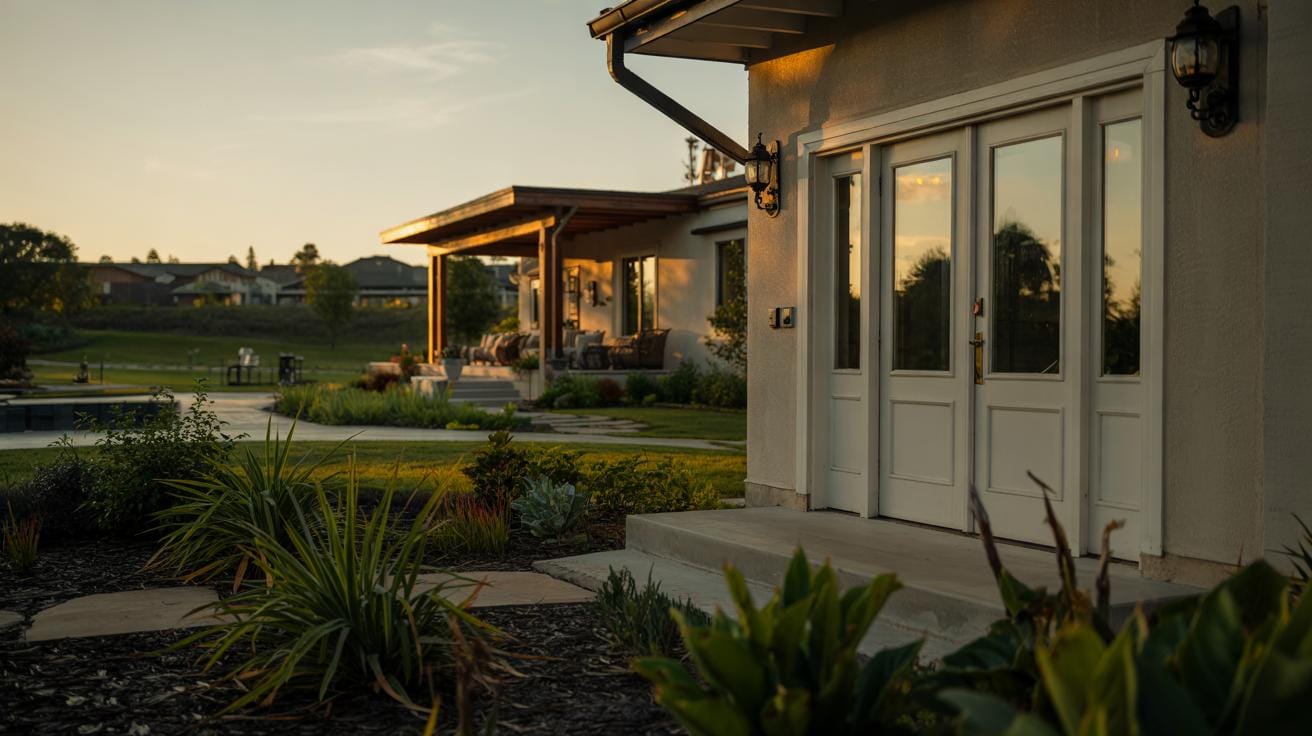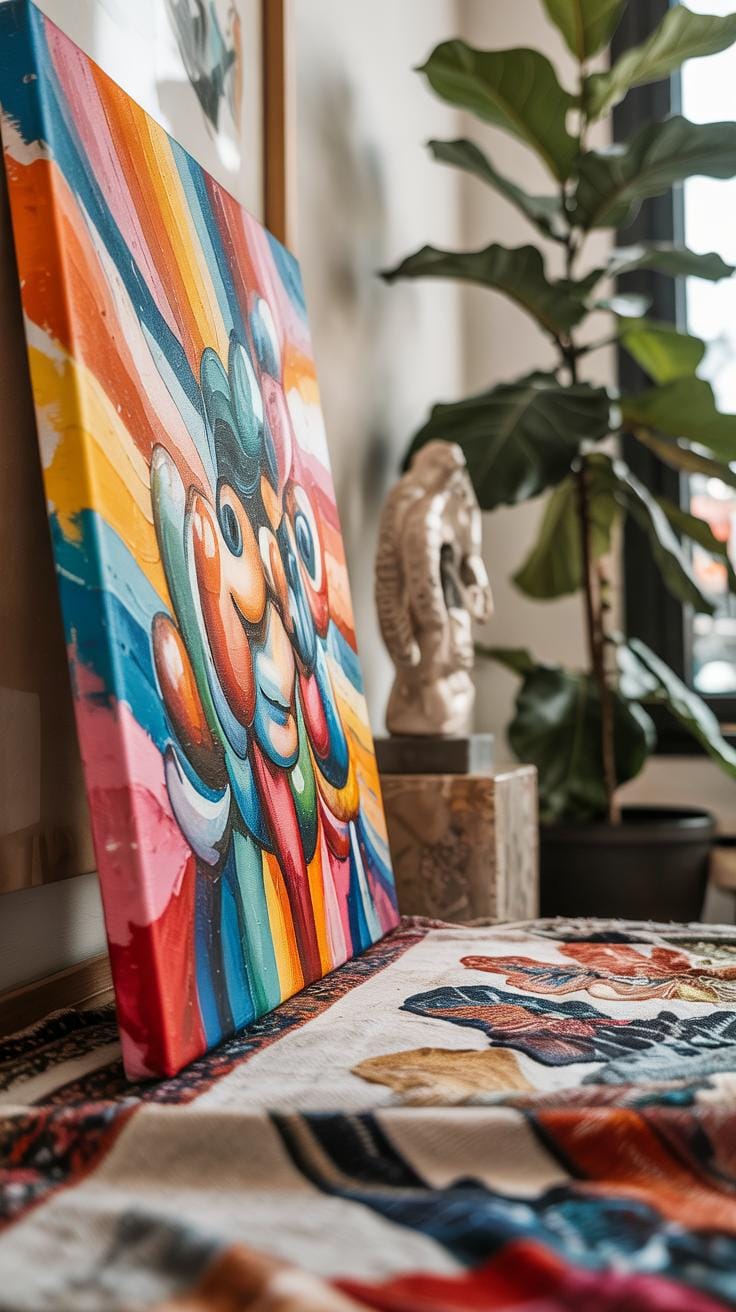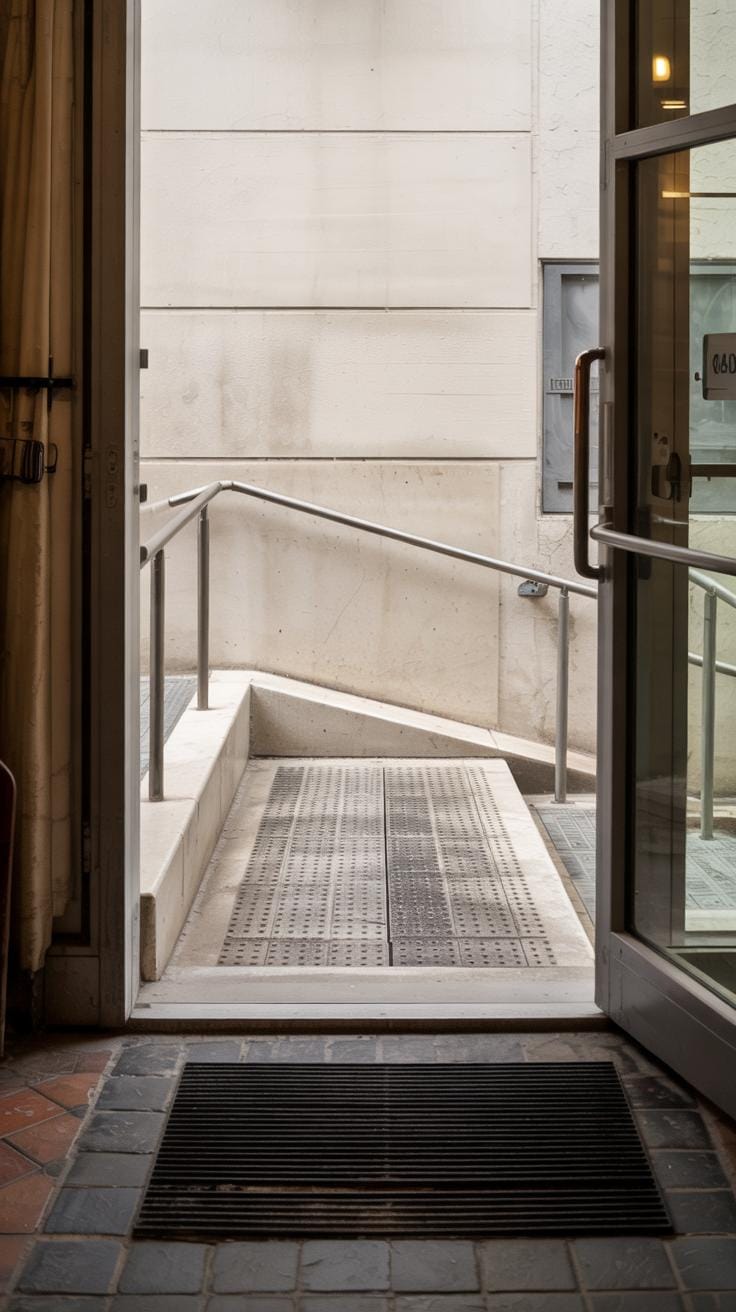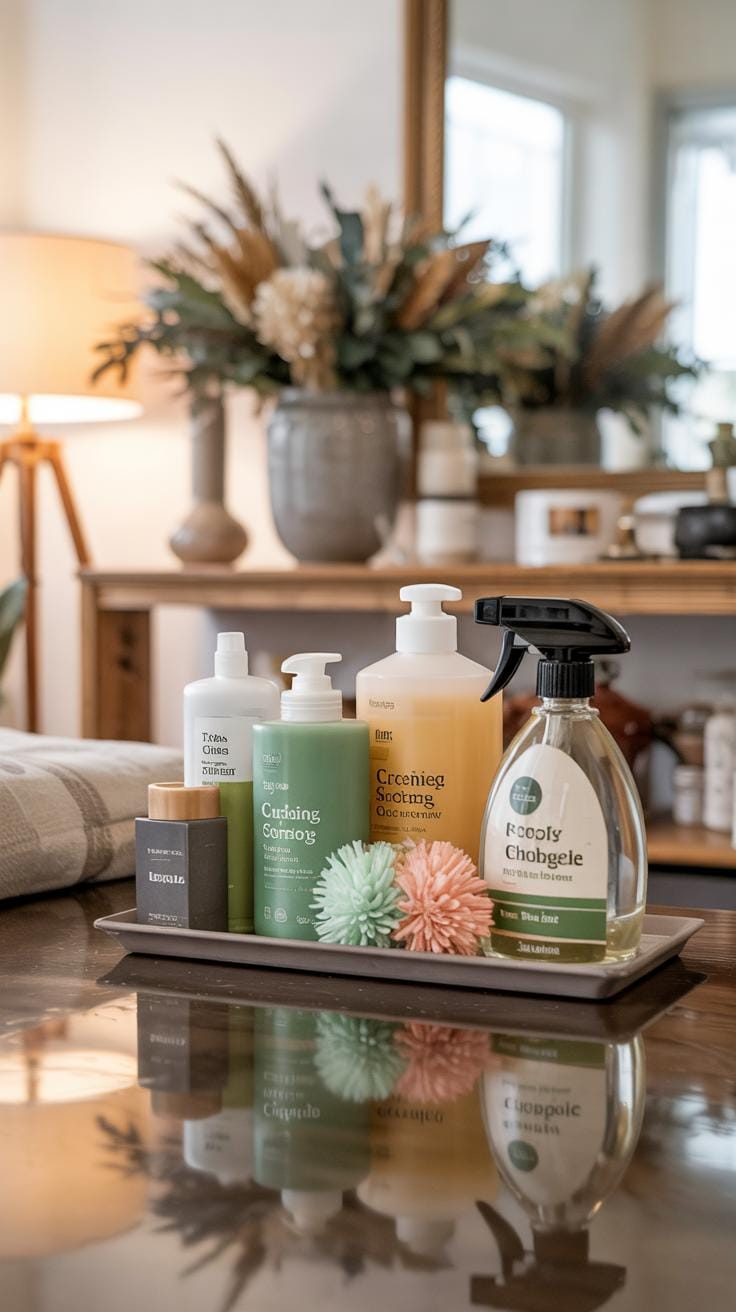Introduction
Your foyer serves as the first impression your guests have of your home. It sets the tone for what they can expect inside. Creating a foyer that is both welcoming and functional is essential. This area should greet visitors warmly while providing practical space for daily use. From lighting to furniture choices, every detail matters in designing an entryway that speaks to your style and needs.
Think about how you and your guests use the foyer. Is it just a passageway or do you want it to be a space that organizes coats, shoes, and keys? Do you prefer a minimalist look, or something more decorated? The best foyer ideas balance aesthetics with usability. This article will guide you through simple strategies to make your foyer inviting and efficient. You will find actionable tips to transform your home’s entry into a space that welcomes every guest smoothly.
Define Your Foyers Purpose
Deciding what you want your foyer to do sets the foundation for every design choice you make. Will it simply guide people from outside to inside, or do you want it to hold items like coats and shoes? Some foyers serve mainly as decorative spaces that welcome guests and show your style. Others combine storage, decoration, and passage.
To figure out your foyer’s purpose, ask yourself about your daily routines. Do you need a spot to drop keys or a place to put bags? Will guests often hang coats or change shoes there? Think about your lifestyle and the size of the area. This clarity will help you avoid overcrowding the space or missing important elements.
Assess How You and Your Guests Use The Space
Watch how you and your guests interact with the entryway. When you come home, what do you do first? Do you take off boots or hang a jacket? Notice where you put your keys or mail. Observing these habits will show what your foyer must hold.
Guests might just pass through or stay a while. Think about whether your space should offer seating for quick shoe changes or hooks for hanging bags. Simple tasks like dropping off groceries or backpacks also influence design choices. This insight helps match the space’s setup with everyday needs.
Set Clear Goals for Functionality and Style
Define what you want your foyer to achieve beyond basic needs. Are you aiming for easy cleaning, more storage, or a welcoming look to impress visitors? Setting clear goals guides every decision, from paint colors to storage solutions.
Make a list of priorities. For example, if you have kids, easy-to-clean floors might matter more than style. If guests often stop by, a neat and inviting look becomes important. Balance practicality with aesthetics so the space feels useful and inviting without clutter.
Choose Practical Furniture
Furniture in your foyer should balance practicality and style. Think about pieces that help guests feel comfortable while keeping the space organized. A bench with storage offers a place to sit and a spot to tuck away shoes or bags. Console tables work well for holding keys, mail, and decorative items without taking much room.
Shoe racks keep footwear orderly, stopping clutter from spreading across the floor. Coat stands give visitors a place to hang jackets, which helps keep your entry neat. Choose compact items that do more than one job to save space and avoid overcrowding.
What furniture helps you stay organized during busy mornings? Simple pieces that offer storage and seating can turn your foyer into a welcoming area that sets the right tone for your home.
Select Furniture That Fits Your Space
Measure your foyer before picking any furniture. You want pieces that fit comfortably without blocking pathways. Leave enough room for people to move freely and enter or exit easily. Narrow console tables or slim benches work well in tight spaces.
Think about the size and shape of your foyer. Wide items can overwhelm a small area, making it feel cramped. Keep furniture close to walls to open up walking paths. Avoid bulky designs that limit flow.
Have you noticed furniture that feels out of place because it is too large? Choosing the right size helps maintain a tidy look and keeps your foyer welcoming instead of crowded.
Focus on Multiuse and Storage Solutions
Multifunctional furniture helps keep your foyer clear and tidy. Benches with hidden compartments create sitting space and storage for shoes, hats, or gloves. Wall hooks hold coats and bags within reach without taking up floor space. Your foyer stays organized and easy to use.
Look for furniture that combines forms, like a console table with drawers or a coat stand with a built-in shelf. These solutions reduce clutter and make daily routines smoother. Storage in sight but out of the way keeps the area inviting.
How much clutter accumulates at your entry? Investing in pieces with storage can transform your foyer into a place guests appreciate, rather than a dumping ground for everyday stuff.
Optimize Lighting for a Warm Welcome
Your foyer sets the first impression of your home. Lighting plays a vital role in creating an inviting and bright space that welcomes every guest. Consider a mix of lighting options to balance both function and style.
Overhead lights provide general illumination, ensuring the area feels open and clear. Wall sconces add a decorative touch and can highlight key elements, such as artwork or mirrors. Lamps offer focused, softer light for a cozy feel. Choosing LED bulbs or other energy-efficient fixtures helps reduce your electric bill without sacrificing brightness.
Think about how your lighting will work throughout the day. Do you need bright light when arriving home after dark? Are you aiming for a gentle glow in the evening? Planning for layered lighting can address these needs and make your foyer practical and inviting at all times.
Use Bright and Soft Lighting Together
Combining bright and soft lighting creates a balanced atmosphere in your foyer. Use ceiling lights or recessed fixtures to provide overall brightness. Pair these with softer accents, like table lamps or wall sconces, to add warmth and depth.
Place soft lights near entryway furniture or seating to brighten those spots without casting harsh shadows. Avoid putting lights too close to the floor as this may create unwanted dark corners. Instead, aim for lighting that reaches all areas evenly, preventing any gloomy pockets.
Try placing lamps or sconces at eye level for a welcoming glow. Bright light near the front door helps guests see clearly when entering. This mix lets you adjust brightness depending on how you want the space to feel.
Incorporate Natural Light Where Possible
Natural light helps the foyer feel fresh and welcoming. If your entryway has windows or glass doors, maximize the daylight coming in. Choose light, sheer curtains that allow sunlight while maintaining privacy.
Mirrors and light-colored walls reflect natural light deeper into the space. Place a mirror opposite or next to a window to boost brightness without adding extra bulbs. A simple glass door or sidelights on either side can also invite sunlight in.
Consider if adding a skylight or a solar tube is an option to bring more sunlight indoors. Natural light not only improves visibility but also sets a positive mood as guests step inside your home.
Select the Right Flooring and Rugs
The foyer is the gateway between outside and inside. Dirt, water, and debris often enter here, so your flooring needs to handle this wear. Choosing floors that resist stains and dry quickly will save you time and keep the space looking clean.
Materials like tile, hardwood, and laminate perform well under these conditions. They can stand up to wet shoes and muddy footprints. For example, ceramic tile can resist water and is easy to mop. Hardwood offers classic style but choose harder finishes that resist scratches. Laminate often mimics wood but usually costs less and cleans fast.
Add rugs to bring warmth and style. A rug can soften the look while shielding your floor from extra mess. Look for rugs that dry fast and are easy to shake out or vacuum. Placing a rug near the door lets guests wipe their feet, cutting down on dirt inside.
What type of flooring fits your lifestyle? Are you looking for something low maintenance or a material that enhances your home’s style? Your choice can make a big difference in how welcoming and functional your entry feels.
Pick Durable and Easy-to-Maintain Flooring
Durability matters in foyers since these areas get heavy foot traffic. Tiles made from ceramic or porcelain resist scratches and stains. They’re a smart choice if guests often come in with wet shoes. You can clean spills with a quick wipe.
Hardwood floors offer timeless beauty, but they need protection from moisture. Selecting engineered hardwood with a tough finish can reduce damage and make cleaning easier. Laminate flooring can look like wood but often handles scuffs and dirt better in busy entrances.
Think about your cleaning routine. Can you handle mopping or do you prefer sweeping and vacuuming? Vinyl flooring is another option that stands up to water and is easy to clean by hand or machine. Your goal is a floor that stays fresh with little effort.
Use Rugs to Add Texture and Define Space
Choosing a rug can change the whole look of your foyer. It adds texture to smooth floors and sets the area apart from the rest of your home. Rugs help trap dirt before it spreads and prevent slipping on wet days.
Pick a rug size that fits the space – big enough for shoes to rest fully but not crowding the doorway. Materials like natural fibers or low-pile synthetics clean more easily and dry faster. Patterns and colors can inject personality or match your decorating style.
Consider rugs with non-slip backing for safety. Washable mats hold up over time and resist fading. Think about how a rug’s feel underfoot may welcome guests with comfort after a long day outside.
Incorporate Storage and Organization
Keeping your foyer clutter-free improves the first impression of your home. Organizing everyday items like keys, shoes, and bags in one spot helps guests feel welcome and lets you find things quickly. Consider placing cabinets or closed storage units near the entrance to hide away shoes and seasonal items.
Open shelves offer space for decorative pieces and everyday essentials, but mixing them with baskets helps keep smaller clutter contained. Cabinets with hooks inside doors create hidden storage for umbrellas or hats without crowding the space. Clear the floor area by storing bulky items off the ground.
Think about what you use daily as you step in or out. Where do your gloves go? How about mail or charging devices? Designing storage for these items keeps your foyer tidy and easy to navigate for both family and visitors. How would better organization change your morning routine?
Use Wall Space for Vertical Storage
Your walls offer more than just decoration. Mounting hooks or shelves on the wall saves floor space and keeps items off surfaces. A row of sturdy wall hooks holds coats, bags, and hats, freeing up room on entryway furniture or benches.
Pegboards allow you to customize storage with baskets or hangers that fit your needs. A small hook near the doorway is perfect for keys, so you don’t waste time searching. Vertical storage makes the foyer look less crowded and moves clutter up and out of reach.
Try installing a narrow shelf above the hooks to hold mail or sunglasses. Use different heights so everyone can reach their items. Could your wall hold more than just artwork?
Add Containers and Baskets for Small Items
Baskets and boxes are easy solutions for keeping small items in order. Place a basket on a shelf or bench to catch scarves, gloves, and hats. It makes grabbing these items simple when you head out.
Use separate containers for mail and paperwork to avoid flat piles stacking up. Label them if needed to keep them sorted. A basket lined with fabric softens the look and protects delicate contents.
Storage containers also work well inside cabinets to break up larger spaces. When everything has a place, your foyer stays neat, and you avoid scrambling to find essentials. What small items around your door could benefit from a dedicated basket?
Add Personality with Decor
Your foyer should welcome guests and show a glimpse of your style. Choose decorative items that express who you are without making the space feel crowded. Mirrors work well by reflecting light and making the area appear larger. Select artwork that speaks to your tastes and fits the size of your foyer to draw attention without overpowering it. Small sculptures or collectibles can add charm and create points of interest when placed thoughtfully. Avoid piling on too many pieces; focus on a few meaningful items. Think about what makes you feel at home and let that guide your choices. How can your decor make visitors feel invited while staying organized and open?
Choose Functional and Stylish Decor
Mirrors do more than decorate; they can open up your foyer and add brightness. Pick a mirror shape and frame that match your home’s style to enhance cohesion. Artwork provides a focal point that grabs the eye immediately. When selecting pieces, consider size, color, and theme to complement the space. Choose items that reflect your personality but also fit carefully within the room’s layout. You might select a family photo, a favorite painting, or a print that inspires you. Ask yourself what impression you want to leave on guests when they enter. Does your decor send that message?
Integrate Plants to Bring Life Into The Space
Plants add color and fresh air to your foyer while making it feel more inviting. Choose low-maintenance options like snake plants, pothos, or ZZ plants, which tolerate low light and require minimal care. Position them where they receive indirect light to keep them healthy. Plants also soften the edges of hard surfaces and add natural texture to an entryway. Think about placing one near the door or on a shelf to balance the decor. Have you considered how a touch of green can change the atmosphere as soon as someone steps inside?
Create EasytoClean Surfaces and Zones
Organize your foyer with clear spaces for clean and dirty items to keep the area neat. A simple layout helps you manage clutter and prevents dirt from spreading to clean areas. Position a bench or shelf near the door for placing bags or mail away from floors and seating. Consider using trays or baskets for storing items like keys or gloves so they stay contained and easy to wipe down.
Separate messy spots from tidy zones by placing shoe mats and coat racks in one area, and leave other surfaces for decoration or seating. This setup makes cleaning faster and reduces stress when guests arrive. Have you noticed how a few well-planned zones can change the flow and look of your entrance?
Designate Zones for Shoes and Outerwear
Set aside a specific corner or wall for shoes and coats. Use hook racks or wall-mounted hangers to keep coats off the floor. Shoe trays or mats placed right at the entrance catch mud and water. Choose mats with raised edges to trap dirt and avoid messy puddles. Clear zones for shoes help guests know where to place their belongings, keeping your foyer organized.
If space allows, add a small bench where people can sit while removing footwear comfortably. This encourages shoe removal and helps contain dirt. What if you combined a shoe rack with a coat stand? This way, you create one tidy spot for outerwear and shoes that’s easy to maintain.
Choose Surfaces That Resist Stains and Wear
Select wall paints or wallpapers that wipe clean easily to handle fingerprints and scuffs. Semi-gloss or satin finishes are good options for walls since they allow quick spot cleaning without damage. Choose area rugs made from durable materials like nylon or polypropylene; these fibers resist stains and dry fast after cleaning.
Your furniture should have tough finishes that can take daily wear and spills. Avoid delicate fabrics or polished woods that scratch or stain easily. Simple designs with smooth surfaces allow you to clean spills right away. When you invest in practical, long-lasting surfaces, your foyer stays fresh and inviting with less effort. Have you thought about how your materials affect cleaning routines?
Focus on Safety and Accessibility
Your foyer sets the first impression, but it must also create a secure and comfortable entry for everyone who steps inside. Good lighting is a key factor. Bright, even light helps guests see where they are going and prevents accidents. Consider using motion-sensor lights or layered lighting to brighten dark corners without harsh glare.
Clear pathways guide visitors smoothly through the space. Arrange furniture so no piece blocks the way or creates narrow spaces. Secure all rugs and mats with non-slip backing to avoid trips and slips. Avoid heavy or unstable furniture near the entrance that could tip over or cause injury.
Think about how each element in your foyer supports safe movement. What changes can you make to ensure your foyer welcomes everyone without risk? Your goal is to create an entry area that feels open, secure, and easy to navigate from the moment someone arrives.
Ensure Unobstructed Walkways
Walkways in your foyer should remain clear at all times. Clutter, bags, shoes, or plants can quickly create trip hazards. Plan the layout to promote smooth movement without tight corners or obstacles.
Use slim or built-in storage solutions to keep belongings off the floor. Check if the path between your front door, coat racks, and seating area allows easy passage. Even a few inches of extra space can reduce the chance of stumbles.
Ask yourself: Can someone carrying packages or walking with a stroller move comfortably? A well-planned layout avoids cramped spots and keeps your foyer welcoming and safe for every guest.
Incorporate Accessibility Features
Not every visitor has the same mobility levels. Adding features like handrails along walls or near steps supports those who need extra balance. Installing non-slip flooring can prevent falls, especially on rainy or snowy days.
Storage should be reachable without bending or stretching. Hooks placed too high or cubbies too deep can create frustration for some family members. Keep everyday items within easy reach for everyone who uses the space.
Consider how your foyer can work for all ages and abilities. What changes could help a child, elderly relative, or someone with limited mobility enter your home with ease? Thoughtful details make your foyer inviting and practical for every guest.
Maintain Your Foyer for Lasting Appeal
Your foyer welcomes guests and sets the first impression of your home. Keeping it clean and well-organized helps maintain this appeal over time. Create a regular upkeep plan that fits your lifestyle. Check the space each day and clear any clutter that builds up, like shoes or mail. Address spills or dirt right away to avoid stains and damage.
Periodic reorganization keeps the space functional and fresh. Assess your storage solutions and see if they still suit your needs. Replace or rearrange furniture or decor if the layout feels cramped or outdated. Ask yourself, does this area still feel inviting and practical? Small updates help the foyer stay appealing without a full makeover.
When you maintain your foyer, it continues to welcome guests comfortably. Regular care ensures your entryway supports daily activities and reflects your sense of style clearly and confidently.
Establish a Simple Cleaning Routine
Focus on quick tasks that prevent grime buildup in your foyer. Dust shelves, light fixtures, and picture frames every week to remove dirt that collects quickly in entryways. Vacuum mats, rugs, and floors daily or every few days, depending on traffic, to keep dirt and debris controlled.
Wipe down surfaces like console tables, door handles, and light switches regularly. These spots get touched often and can look worn without attention. Choose cleaning products that suit your flooring and furniture materials to avoid damage.
Ask yourself: How often does my foyer need cleaning to stay inviting? A simple, consistent routine makes upkeep manageable and keeps your entrance looking neat.
Update Decor and Arrangements Seasonally
Changing your foyer decor with the seasons refreshes the entire space and keeps it interesting. Swap out pillows, rugs, or artwork to reflect the time of year. Add seasonal flowers or greenery to bring color and life into the entryway.
Rearranging furniture occasionally can improve flow and functionality. Move pieces to create new focal points or open up pathways. Small changes, like switching a mirror’s position or adding new lighting, balance style and comfort through the year.
Consider which updates make your foyer feel more welcoming for guests as the seasons change. How can you make this space feel fresh without a major overhaul? Seasonal touches help your foyer stay engaging and inviting all year long.
Conclusions
The foyer is a key part of your home that deserves attention. It should not only look good but offer practical solutions for daily use. From using the right furniture to thoughtful decor, small changes can make a big difference in creating a welcoming atmosphere. Keep functionality in mind when selecting your foyer design elements to serve your household’s needs effectively.
By curating a foyer that combines style with usability, you create a positive first impression. It shows your guests hospitality and care. You can match the foyer’s design to your home’s overall aesthetic while still prioritizing comfort and ease. Use the ideas shared here to make your entryway both beautiful and purposeful. Your guests will appreciate entering a warm, organized space every time.

